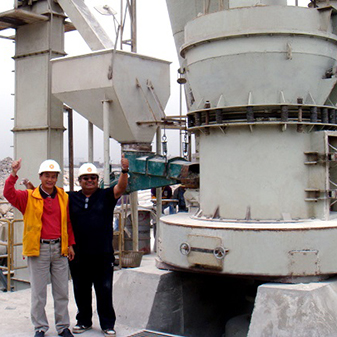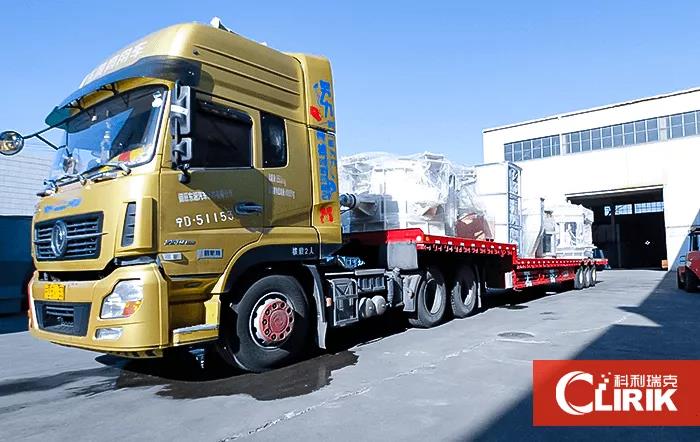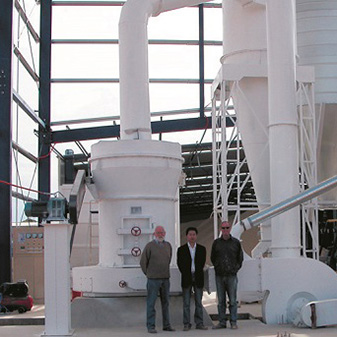With the rapid development of the construction industry, a large amount of waste concrete is produced. How to realize the recycling of waste concrete and process it into high-quality recycled aggregate has become the focus of industry research. It can not only realize the comprehensive recycling of resources, but also solve environmental problems and realize the unity of economic benefits and environmental protection benefits.
Classification of recycled aggregate
Due to the special properties of recycled aggregate, especially with the change of particle size, the components and properties of recycled aggregate are quite different. Therefore, it is necessary to classify and use recycled coarse aggregate, recycled fine aggregate, and recycled fine powder to maximize their value. Research has found that waste concrete and waste bricks and stones are the main components of construction waste, accounting for more than 80% (by mass) of construction waste. Therefore, recycled aggregates can be divided into three categories according to their sources: waste concrete aggregates, broken brick aggregates and other aggregates (mainly referring to lightweight recycled aggregates). This paper focuses on the processing technology of waste concrete aggregate.
Waste concrete aggregate is the aggregate formed after waste concrete blocks are crushed, graded and mixed in a certain proportion. Waste concrete aggregate is currently the most researched and used recycled aggregate, and it is mainly used for the preparation of recycled concrete.
Process Technology of Recycled Aggregate Production Line
1. Ordinary recycled aggregate production process
The production of ordinary artificial aggregate generally includes the following parts: wool mining and transportation; crushing and screening system; feeder; control system; environmental protection system.
For recycled aggregates, considering that there are many impurities in waste concrete (such as steel bars, wood, gypsum, glass, paper, etc.), impurities sorting equipment should be added to the above system; waste mortar, so as to obtain high-quality recycled aggregate, it is necessary to consider adding thermal-mechanical separation equipment. The figure below shows a typical process flow of recycled aggregate production.
1. Wool mining
For recycled aggregates, wool mining refers to the demolition of abandoned buildings (structures). At present, the commonly used methods mainly include thermal cutting method, blasting method and mechanical method, and laser technology is also expected to be applied in the near future.
2. Crushing and screening
Crushing and screening systems have been developed into two types: fixed systems and combined mobile systems. For large and medium-sized enterprises with sufficient wool reserves and basically finalized product specifications, a fixed system should be used; while for scattered or wide distribution of wool, in order to reduce user transportation and storage, a combined mobile system should be used.
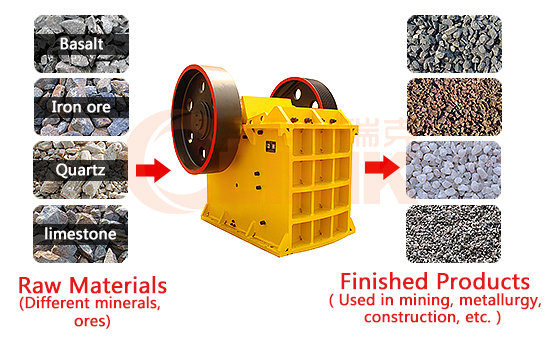
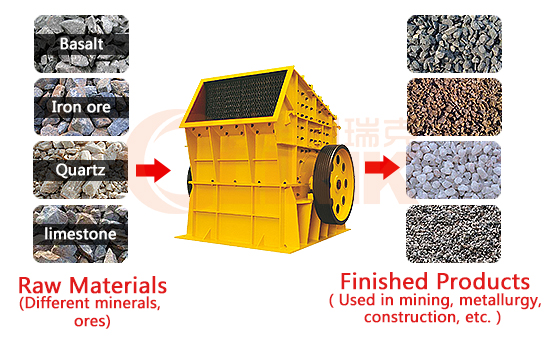
The particle size of the recycled aggregate crushed by the jaw crusher is better, which is suitable for crushing plain concrete and reinforced concrete with less reinforcement; the cone crusher is suitable for primary crushing with a maximum feeding particle size of 200mm; for For the recycled aggregate used in road engineering, the impact crusher can provide a better particle size distribution, and this model has better adaptability to some impurities that cannot be broken (such as steel bars), and is suitable for crushing more reinforcements. of reinforced concrete.
3. Feeder
The feeder is an important part of the artificial aggregate processing system. It is the key to controlling the safe operation, normal and stable operation of the equipment in the production process. It mainly controls and adjusts the flow of materials to ensure the stable operation of the crushing and screening system and product quality. role.
The medium-sized apron feeder is suitable for feeding materials with a material diameter of 200~400mm, which can meet the production of recycled aggregates; the belt feeder is suitable for feeding loose and non-viscous materials with a particle size of less than 20mm; The feeder is suitable for the feeding of mixed materials in the mixing building; the disc type is suitable for the feeding of fine aggregates.
4. Sorting of impurities
Impurity sorting equipment is the difference between recycled aggregate and ordinary artificial aggregate production. The commonly used impurity separation methods in the production of recycled aggregates include magnetic separation, hydraulic separation and air separation.
2. Production process of concrete recycled aggregate
The above opinions classify concrete aggregates, so different production process designs need to be adopted for different classifications.
1. Class 1 waste concrete
This kind of waste concrete has better performance, and its main sources are concrete test blocks and other pure concrete blocks left in and pressure tested by mixing stations, various laboratories, construction units, etc.
2. Class 2 waste concrete
This type of concrete often contains plastic, wood, asphalt, mud and sand and other impurities, the main source of which is maintenance and reconstruction of pavement concrete blocks. This kind of waste concrete can reduce manual screening, magnetic sorting and other processes, but considering that the chloride content of pavement concrete may be too high due to the influence of deicing salt, it can be reduced by repeated washing and long-term exposure. Chloride content.
3. Class 3 waste concrete
This kind of waste concrete has more impurities and steel bars inside, so the removal process is more complicated.
4. Class IV waste concrete
This kind of waste concrete often contains a lot of impurities that are not easy to remove, and its performance is poor. It is not recommended to use recycled aggregate made of this kind of waste concrete to configure concrete. They can be used for low-level use, such as laying ground, improving soil, etc.
Environmental issues in the design of recycled aggregates
During the production process of recycled aggregate, various noise pollution, dust pollution, sewage pollution, etc. are prone to occur, and correct and effective treatment is required.
Noise control: From the selection of equipment, try to choose equipment with low noise; arrange the equipment with loud noise in a closed factory building.
Dust control measures: Dust is generated in the whole process of aggregate production. In order to effectively control the amount of dust emissions, the process of design should minimize the dusting links, reduce the transfer point and drop of materials, choose equipment with less dusting, and use good airtight performance. Conveying and feeding equipment. All dust discharge points adopt dust collectors with high dust collection efficiency and reliable technology. Ensure that the dust emission concentration is lower than 30mg/m3, in line with national standards.
Sewage treatment: After domestic sewage is treated in a septic tank, it is pulled away by a fecal suction truck, or by a human drainage pipe network; spray dust removal belongs to water consumption, and it evaporates naturally after dust removal.

